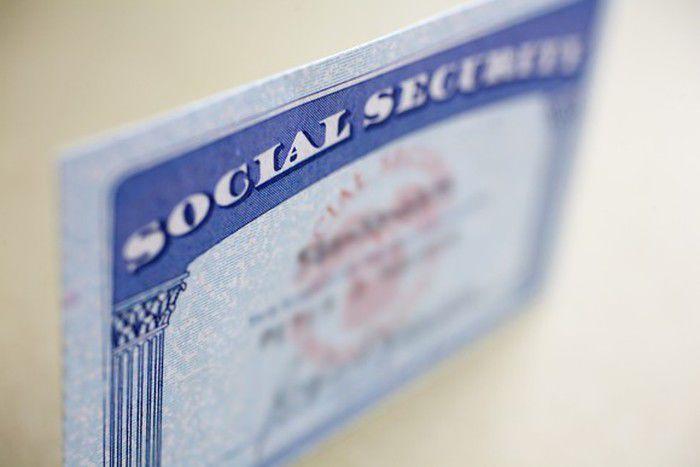
In case you didn’t get the memo, Social Security is in trouble. According to the latest Trustees Report, the program is expected to deplete its trust funds as early as 2034. Once that happens, recipients are looking at a 21% reduction in benefits unless Congress intervenes with a fix. And while that’s not nearly as dire as the notion of Social Security going broke entirely, it puts the millions of seniors who depend on those benefits at risk of poverty.
Then again, maybe the situation isn’t so bad. In a new report by Morgan Stanley, millennials and Gen Zers are expected to join or contribute to the U.S. labor market in force in the coming years, thereby increasing tax revenue used to fund Social Security. As a reminder, Social Security gets the bulk of its funding from payroll taxes, so the more robust a workforce we have, the more money the program stands to take in. If workforce ranks swell, that 2034 insolvency date could conceivably get pushed back by decades, according to the aforementioned report.
Of course, this analysis is hardly the final word on the matter, and many folks continue to believe that Social Security is headed for serious trouble if lawmakers don’t come up with a solution to address its impending shortfall. Furthermore, while the aforementioned report is encouraging, it glosses over one major issue so many seniors encounter with regard to Social Security: that living on those benefits alone just isn’t feasible.
Social Security’s built-in limitations
Many workers don’t save for retirement on their own because they’re convinced that once they start collecting Social Security, they’ll have enough income to cover all of their expenses. The reality, however, is that Social Security will only replace about 40% of the average earner’s preretirement income. Most seniors, meanwhile, need roughly double that amount to live comfortably, and in the absence of a robust pension or other major income stream, the only way to bridge that gap is to save independently.
In fact, Social Security, at its core, is really just a means of poverty protection. If you manage your benefits carefully, incur only basic expenses like food and housing, and don’t encounter any major health issues, you might manage to just scrape by on those benefits alone. But Social Security certainly isn’t enough to buy most seniors the lifestyle they want to lead after spending decades in the workforce. Therefore, regardless of what happens to benefits in 2034, it still pays to save on your own and not rely on Social Security entirely.
Building your nest egg
Accumulating independent wealth for retirement often boils down to consistency and lifestyle choices. If you avoid maxing out each paycheck you collect so that there’s room for savings and contribute small amounts to an IRA or 401(k) over time, you’ll retire with a substantial enough sum to live a respectable lifestyle when you’re older. Neglect your savings for too long, however, and one of two things will happen — either you’ll need to scramble to play catch-up, or you’ll find yourself cash strapped throughout your golden years. Neither is ideal.
As you can see, you stand to retire with more than $1 million if you make a point of beginning to save in your mid- to late 20s and sock away $500 a month until your mid- to late 60s. Make it $600 a month, and you’ll be closer to $1.5 million.
Even if $500 or $600 a month isn’t feasible for you, do your best and aim to work your way upward from there. Regardless of what happens to Social Security, you’ll still need income of your own to pay the bills when you’re older. And the sooner you start planning for it, the less likely you’ll be to struggle financially during your golden years.
























